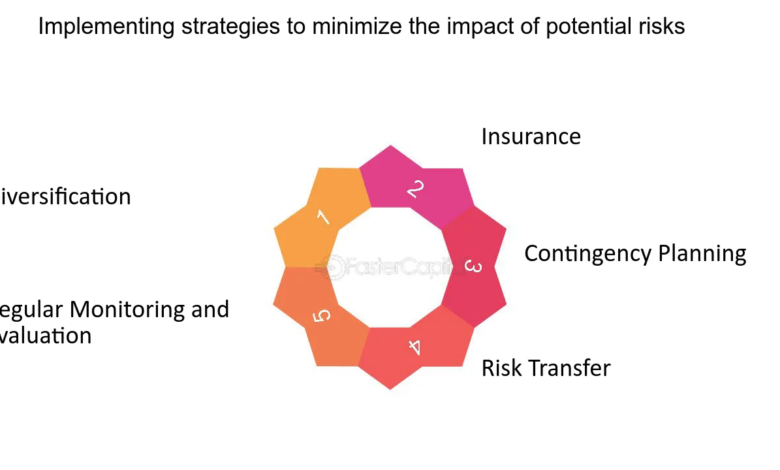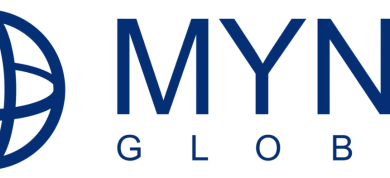Common Risks to Avoid When Aligning Business Scaling Strategy

When companies exist as stakeholders, and they look forward to further growth and enhancement of their success rate, scaling becomes a significant agenda. But as enticing as the road to growth maybe it is never smooth sailing and oftentimes the plans that were laid are derailed by factors that are impossible to foresee. When these risks are not established and managed, a business organization may run into a lot of problems like wasting resources, and failing to exploit various opportunities arising in the market. Companies should explore trends they have to face while setting the strategy to scale their business. When one is able to fully comprehend such risks, challenges and threats, it becomes easy to progress towards a stable, controlled growth.
Inadequate Market Research and Target Audience Analysis:
A major risk of business scaling is lack of market analysis or proper analysis of the target consumers. Inadequate market research and target audience analysis can lead to mismatched hosting plans, which may not meet the actual needs and demands of your customer base. Growing without understanding the general market characteristics and consumer needs or trends as well as competitors can result in the development of wrong products or services, wrong ways of promotions and advertisement, and in general wastage of resources. To minimize this risk, businesses need to include market analysis data in their business decisions, from the general tendencies within the industry to the consumers’ behaviors and other competitors’ profiles.
Inefficient Resource Allocation and Capacity Planning:
Business growth generally calls for relevant resources, which include capital, people, and facilities among others. However, efficiency may suffer, and capacity demand may not be properly estimated and met, affecting future growth and overloading present capacities. This risk is a serious one, and in order to mitigate it businesses need to create solid financial models, accurate forecast, and ways to plan their production capacity. This includes proper estimation of resources to be used over certain periods of time depending on growth forecasts, efficient use of resources and integration of resourceful mechanisms and procedures.
Lack of Organizational Alignment and Cultural Cohesion:
The organizational culture is relatively fragile and does not stay intact as organizations expand, especially when there are new departments and managers. Misalignment between various organizations based on departments, teams or business units can cause coordination problems, interference, and conflicting objectives, which hampers scaling. One common risk is that the strategic goals may not be effectively communicated within organizations leading to poor implementation of the strategies by employees Through avoiding this risk, businesses ensure that freely communicates and aligns its goals with the overall strategic goals and objectives as well as actively working to develop a healthy company culture.
Neglecting Cybersecurity and Data Protection:
Risks such as cyber-attacks and hacks into data systems are real dangers facing business of all sizes in the modern digital economy. Higher levels of organization maturity reflect not only growth in size and complexity but also are associated with multiple connected applications, thus multiplying the risk exposures. They not only may expose sensitive and confidential data to external threats but also result in failing business compliances, tarnishing business reputation, and dissatisfied customers. To mitigate this risk, companies have no option other than to develop sophisticated security measures, acquire cutting-edge security tools, and make data security and protection a critical organizational priority.
Overlooking Scalability and Flexibility in Systems and Processes:
Many businessmen give in to the temptation of trying to formalize procedures in a way that hampers the prospect of expansion and adaptability. Organizational size also as another factor, since the needs and requirement of organizations change as they grow, so does the solutions they apply. If scalability and flexibility are not designed into the core systems and processes of the business, there is a tendency for them to act as a bottleneck, slow down the overall system, and severely limit an organization’s ability to adjust for changes in the market. Therefore, it’s crucial to carefully evaluate cloud vps providers to ensure they can accommodate the evolving needs of your growing enterprise. Organizations should focus on technologies that are easily scalable and flexible, and systems that follow the modular approach and developing methodologies that are agile.
Ensuring strategic alignment of a business scaling exercise is quite a challenging endeavor, which must be accomplished by analyzing all relevant risks and by fine-tuning the process as need. If these factors are tackled, then the growth of a business can be handled in a more efficient manner since some of these risks are universal. Scaling is a continuous process and sharing is ongoing and regular reflection and adjustment are essential characteristics to consider in the long term.




